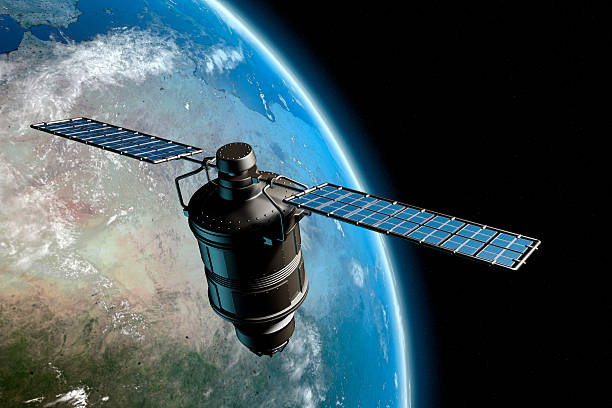
Regional - South African Network Operator, Vodacom says satellite technology should be seen a complementary force in expanding digital inclusion rather than a direct threat to its core operations.
This follows the entry of Starlink into the Southern African Region's telecommunications markets a development which ignited various reactions across the regional and international players. However countries like Zimbabwe,Botswana, Mozambique, Tanzania, Malawi, among others have not been spared from this development in the region or rather being forced to adopt into the new systems of the fast changing world.
A Vodacom Official however says the company’s position on satellite internet providers like Starlink is balanced and has confidence that satellite technology is viewed as value addition to the telecomms industry. “Satellite networks are instrumental in bridging the connectivity gap, particularly in remote and hard to reach areas where other networks face limitations.
"As an institution we aligns with a broader industry trend of viewing satellite networks as enablers of digital inclusion rather than outright competitors. “These collaborations leverage low Earth orbit (LEO) satellite technology to enhance coverage and resilience, especially in underserved regions.
ICASA, the national telecommunications regulator in South Africa has been examining a proposed satellite framework with Industry stakeholders urging a balanced approach that promotes innovation while ensuring fair competition.
With Vodacom welcoming ICASA’s consultation process, advocating for a licensing framework that aligns with existing laws and maintains a level playing field, the company says technology will not go a step ahead in threatening existing jobs.
“Focus remains on ensuring that transformation goals - such as black ownership and enterprise development - are upheld, regardless of the nature of technological advances or new entrants. Regarding employment, Vodacom reassured that technological innovation will not threaten existing jobs.
“Satellite networks serve specific use cases and do not replace the cost-effective, high-capacity terrestrial infrastructure." the company noted.
In Zimbabwe a space program, including its own satellites has since been launched to leverage satellite technology for national development, particularly in agriculture, urban planning, and environmental monitoring. The country has launched two earth observation satellites, ZIMSAT-1 and ZIMSAT-2, and plans to develop more in the future.
Key aspects of Zimbabwe's satellite technology program:s ZIMSAT-1 and ZIMSAT2 satellites are designed for earth observation, providing data on crop health, soil moisture, weather patterns, and urban mapping. A ground station in Mazowe is used for receiving and processing data from the satellites, including mission data (uplink) and telemetry data (downlink).
Satellite technology is being used for agriculture, urban planning, environmental monitoring, disaster management, and resource exploration.
Amid fears of disruption, satellite technology's transformative potential Industrial experts and regulators say the arrival of satellite internet providers like Starlink could help accelerate innovation but also pose regulatory and transformation challenges.
Join WhatsApp Channel
Stay connected with the latest news, updates, and exclusive content by joining our WhatsApp channel! Join now and never miss an important update from DailyPress!
 DailyPress
DailyPress





